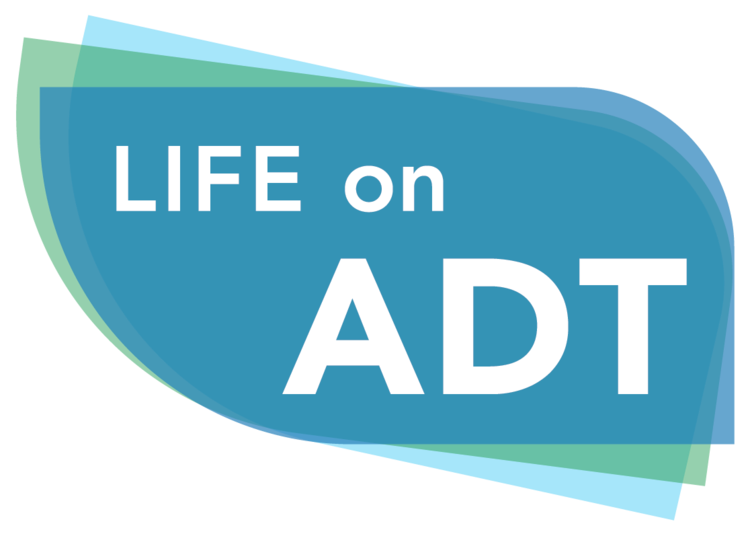The incidence of depression for men over the age of 65 in the general population is about 9.5%. In contrast, various studies suggested that men diagnosed with prostate cancer have an overall incidence of depression of 10 to 40%. A new review article and meta-analysis of 38 studies by Qazi et al. (2024), which collectively included data from over 350,000 men, arrived at a pooled estimate of depression of 20.9% of men treated with ADT. That is substantial.
Another new study by Mandel et al. (2024) extracted data from a global database (i.e., TriNetX) of almost 80,000 men on ADT who were subsequently prescribed anti-depressant medication. It confirmed that ADT increases the risk of depression in men diagnosed with prostate cancer.
What particularly stands out in Mandel et al. study is the difference between the White and Black population. To quote the authors, “After starting ADT, White patients had 30% greater odds of being diagnosed with the depression, compared to Black patients.” Mandel also found that White patients were at greater odds of getting treated with anti-depressants than the Black patients.
This is not to say that the Black population is less likely to experience depression. The data do not show that. The problem appears to be that depression is being under diagnosing for Black prostate cancer patients and subsequently inadequately treated in that population.
This is just one more example of racial disparities in healthcare for White and Black men in the USA.
References:
Mandel AL, Simhal RK, Shah YB, Wang KR, Lallas CD, Shah MS. Racial disparities in diagnosis and treatment of depression Associated with androgen deprivation therapy for prostate cancer. Urology. 2024 Feb 21:S0090-4295(24)00094-3. doi: 10.1016/j.urology.2024.01.021.
Qazi SU, Altaf Z, Zafar M, Tariq MA, Khalid A, Kaleem A, Saad E, Qazi S. Development of depression in patients using androgen deprivation therapy: A systemic review and meta-analysis. Prostate. 2024 Feb 19. doi: 10.1002/pros.24676.
